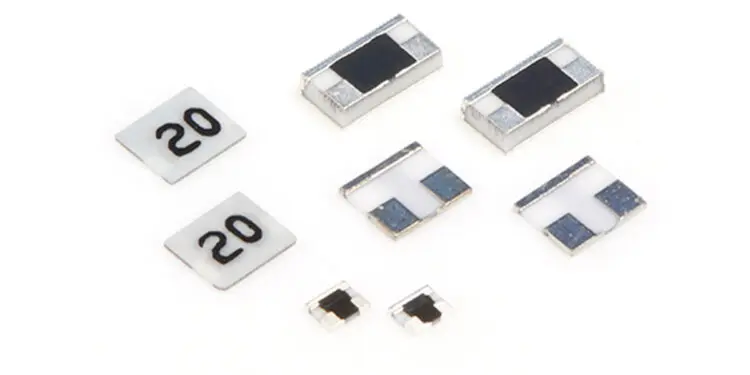The newest Powerfilm chip attenuators from APITech Inmet, rated to 30 GHz. Optimized for radar, T/R modules, E/W, mmWave and 5G applications. Best in class performance in 0603 package size. This surface mount attenuator is available in 1dB steps from 0 to 10, 12, 15, and 20dB.
Select features:
- 30 GHz 1 Watt performance
- 30×60 (0.89×1.65mm) package
- Surface mount (drop-in or bond and wire)
- Selectable dB values (1-12dB; 15 & 20dB)
- Thin film resistor
- Available in lead-free, tin-lead solder or gold finish
About APITech Attenuators
Powerfilm™ chip attenuators from APITech Inmet come in two varieties: “Temperature Stable” (standard) and “Temperature Variable” attenuators.
The standard attenuators reduce the RF power uniformly at all temperatures while the temperature-variable chips are designed to reduce their attenuation at elevated temperatures to provide optimal response needed in signal- leveling applications. Chip attenuators are used in amplifier circuits, receivers, up/down converters, phase-matched arrays, and switching applications.
Depending on desired specifications, chips are fabricated on BeO, Aluminum Nitride, or Alumina ceramics with either thin or thick resistors. Other designs, values and options may be available upon request.































